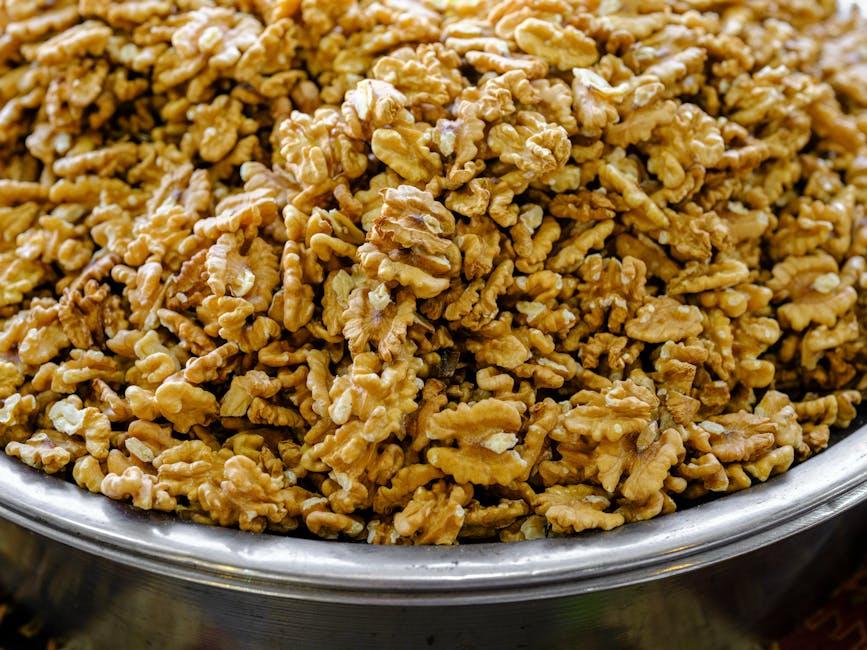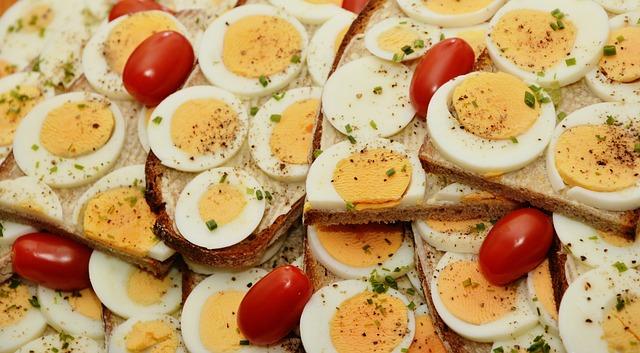Achieving a leaner physique is a goal many aspire to, yet it often seems elusive due to the overwhelming amount of information available. Cutting body fat requires a strategic approach, where a well-structured diet plan plays a pivotal role. In this guide, we will walk you through the essential steps to create an effective diet plan tailored for fat loss. With a focus on understanding nutritional needs, balancing macronutrients, and incorporating sustainable eating habits, this article will empower you to take control of your dietary journey. Whether you’re a seasoned athlete or just starting out, these insights will help you unlock the potential of your body’s fat-burning capabilities and achieve the results you desire.
Understanding Macronutrients and Their Role in Fat Loss
When it comes to crafting a diet plan focused on fat loss, understanding the fundamental role of macronutrients—proteins, carbohydrates, and fats—is essential. Each macronutrient plays a unique role in your body’s metabolism and energy usage, influencing your ability to shed unwanted pounds effectively. Proteins are crucial for muscle repair and growth, which helps maintain muscle mass during a calorie deficit, thereby supporting a higher metabolic rate. Carbohydrates serve as the body’s primary energy source, and strategically managing their intake can optimize energy levels and reduce fat storage. Fats are vital for hormone regulation and the absorption of fat-soluble vitamins, and incorporating healthy fats can help keep you satiated and prevent overeating.
- Protein: Aim for 1.2 to 2.2 grams per kilogram of body weight daily to preserve lean muscle.
- Carbohydrates: Focus on complex carbs like whole grains and vegetables to provide sustained energy.
- Fats: Include sources of healthy fats such as avocados, nuts, and olive oil to support overall health.
By balancing these macronutrients appropriately, you can create a diet plan that not only promotes fat loss but also supports overall well-being and performance.

Crafting a Balanced Meal Plan for Effective Fat Reduction
Creating a meal plan that effectively reduces body fat involves striking the perfect balance between nutrient-rich foods and caloric intake. The key is to prioritize whole foods that offer a wealth of nutrients while keeping calories in check. Consider incorporating the following elements into your meal plan:
- Lean Proteins: Opt for sources such as chicken breast, turkey, tofu, and legumes to help maintain muscle mass and boost metabolism.
- Healthy Fats: Include avocados, nuts, seeds, and olive oil to support hormone balance and satiety.
- Complex Carbohydrates: Choose whole grains, sweet potatoes, and quinoa to provide sustained energy and fiber.
- Colorful Vegetables: Fill your plate with a variety of vegetables like spinach, broccoli, and bell peppers for essential vitamins and minerals.
Portion control is crucial. Use smaller plates, measure servings, and listen to your body’s hunger cues. A well-rounded meal plan should also include hydration, aiming for at least 8-10 glasses of water daily. Remember, consistency is key—make these choices a habit for effective fat reduction.
Incorporating Strategic Exercise to Enhance Your Cutting Diet
Strategic exercise plays a crucial role in optimizing your cutting diet, not only by burning additional calories but also by preserving muscle mass and boosting metabolism. To effectively integrate exercise into your routine, focus on a combination of cardiovascular and strength training workouts. Cardio sessions should include a mix of high-intensity interval training (HIIT) and steady-state cardio to maximize fat loss while keeping workouts efficient and varied. Strength training, on the other hand, should be geared towards maintaining muscle mass, which is vital for a toned appearance and a higher metabolic rate.
- HIIT Workouts: Incorporate these 2-3 times a week. They are time-efficient and continue to burn calories even after your workout.
- Steady-State Cardio: Engage in activities like jogging or cycling for 30-45 minutes to burn calories and improve endurance.
- Strength Training: Focus on compound movements like squats, deadlifts, and bench presses to maintain muscle and strength.
By aligning your exercise strategy with your dietary goals, you ensure that every rep and step contributes to your overall fat loss journey, making your efforts both targeted and rewarding.
Monitoring Progress and Adjusting Your Diet Plan for Optimal Results
Keeping track of your progress is crucial when you’re on a journey to cut body fat. Regularly monitor your weight, body measurements, and how your clothes fit to gauge your progress. Consider maintaining a food diary or using a nutrition tracking app to keep a detailed account of your daily intake. This will help you identify any patterns or deviations from your plan. Be sure to schedule periodic check-ins, perhaps weekly or bi-weekly, to assess whether your current strategy is working or needs adjustments.
- Evaluate Nutrient Intake: Ensure you’re consuming the right balance of macronutrients. If progress stalls, adjust your protein, fat, or carbohydrate intake.
- Adjust Caloric Intake: If you’re not seeing results, consider decreasing your caloric intake slightly or increasing your physical activity.
- Listen to Your Body: Pay attention to how your body responds to different foods and exercises. Adapt your plan to suit your individual needs and energy levels.
Remember, flexibility is key. As your body changes, so should your diet plan. Don’t hesitate to tweak your approach to ensure you’re on track to achieve your fat loss goals effectively and sustainably.




